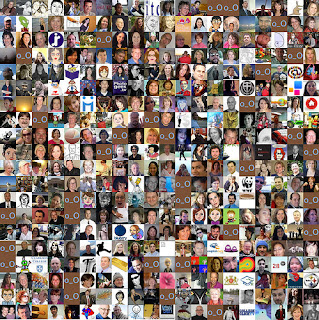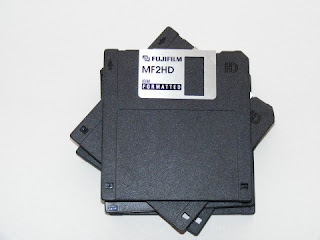According to Obama, the State of our Union is "getting stronger."
It's always interesting to hear what the President has to say in the State of the Union address during an election year. As both an employee and a business owner (and a taxpayer, and a homeowner), I was looking forward to hearing what the President had to say about the economy.
If you watched the speech on
whitehouse.gov, you could see an
enhanced broadcast with charts and graphs to support Obama's talking
points. I thought this was a great addition to the speech - the visuals really did put numbers behind the words.
The preview text of the State of the Union speech is here, from Huffington Post.
Here's some of what the President said on business and the economy:
On jobs: Obama says we should turn the unemployment system into a re-employment system that helps train people to get back to work with new skills, with critical involvement by community colleges and less confusing program structure. Other promises on innovation and jobs - immigration reform, the Dream Act, equal pay for equal work, and funding for research, American-made clean energy and biofuel powered fighter jets. He also proposed a Veterans' Jobs Corps to put Veterans back to civilian work after military service.
Obama's Blueprint For an Economy Built to Last is based on returning manufacturing jobs that have been shipped to American cities,
where US employees are more productive than foreign workers. Obama
wants to know
what you can do to create jobs here in America. He's encouraging the rich to see a
shared responsibility for the future of the country - rather than rewards for right now.
Stop businesses who ship jobs
overseas: Obama wants to use tax incentives to bring jobs back here, and
deny companies any tax incentive to move jobs away. American
manufacturers should get big tax incentives for manufacturing here -
help financing plants and hiring workers. He also wants to ship more US-manufactured products overseas.
On taxes: Warren Buffet's secretary, Debbie Bosanek, who pays a higher tax rate her boss, was seated with Michelle Obama. The President has promised to
"level the playing field" on taxes, renewing the payroll tax cut and taxing people making a million dollars or more annually up to 30%. Can he do this without the support of
Congress?
On mortgages and banking: "Living Wills" for banks in case they should fail, and a chance for homeowners who wouldn't qualify for current mortgage programs to refinance at historically low rates, with banks picking up some of the costs. "It’s time to apply the same rules from top to bottom: No bailouts, no handouts, and no copouts."
The new Unit on Mortgage Origination and Securitization Abuse to
investigate the abuses that contributed to the financial collapse. Let's
hope this one has some teeth - usually recommendations by these kinds
of commissions are voluntary for banks and other bad actors.
Visions: A future with innovation and manufacturing, where responsibility is rewarded and we are innovators in education with dependable long-term prosperity, where everyone gets a fair shot and does their fair share. Obama states these are American values.
Remembrances: Post WWII prosperity, which wouldn't have been possible without strong manufacturing and the huge GI Bill - an enormous government investment in helping veterans prosper. Obama wants to party like it's 1944.
The only problem with all of this: Obama kept saying "Send me a bill" for all of these policies. What are the chances of Congress doing that? If you want Congress to pass any of these bills,
click here to locate your Member of Congress and contact them.
My forecast: I sure hope some of this can happen - better mortgages, more manufacturing jobs, equal pay, a ban on insider trading by Members of Congress, consolidated bureaucracy - all of this would help. Not sure how much we'll see before the 2012 elections, though.













